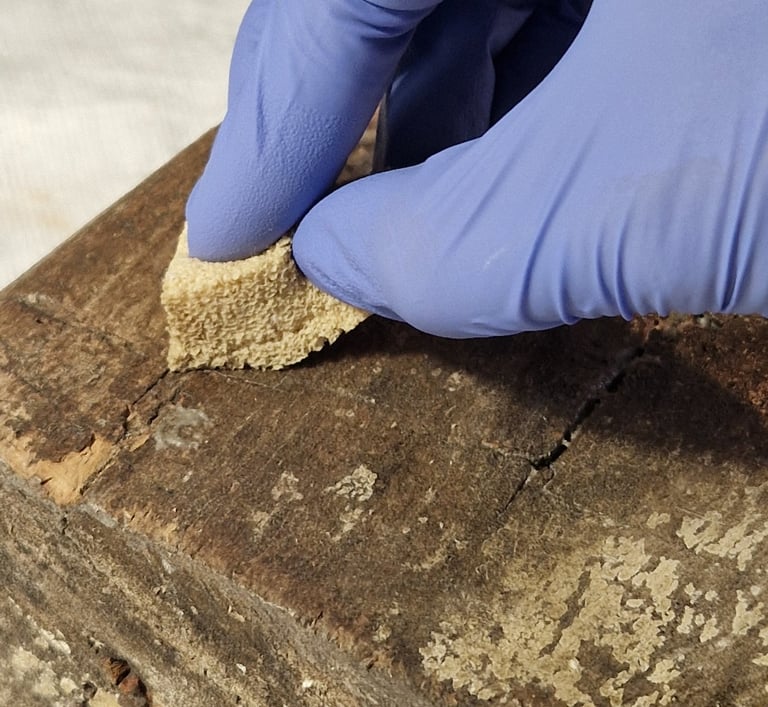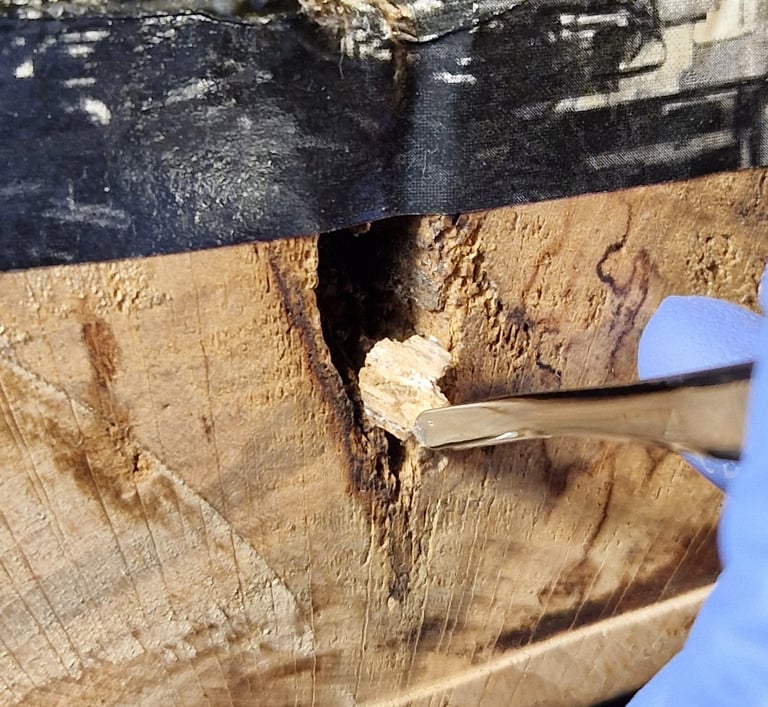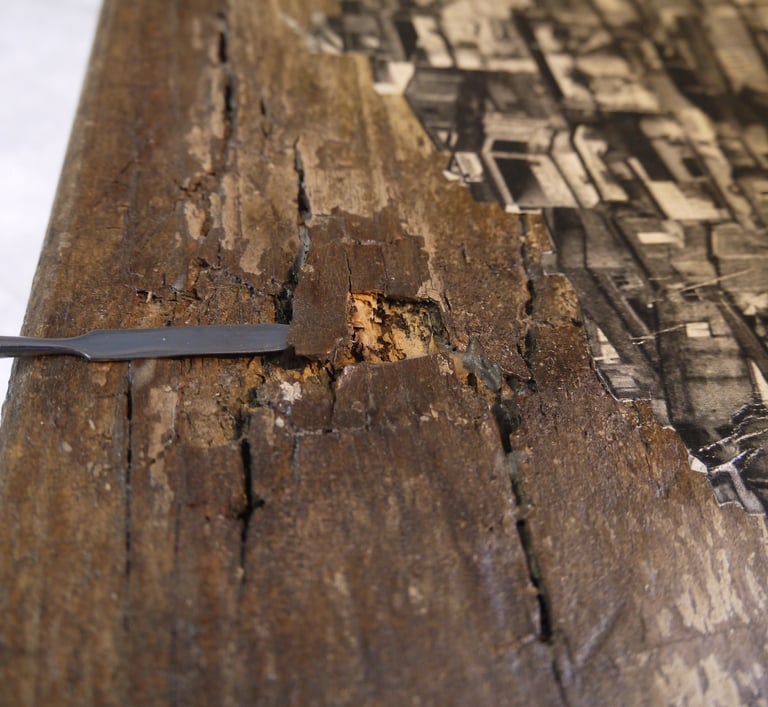RESTORING JR'S ARTWORK : BETWEEN RESPECT, DUST AND GAZES
Restoration, Respect, JR, Memory, Commitment.
Marie Ducimetière
8/26/20253 min read
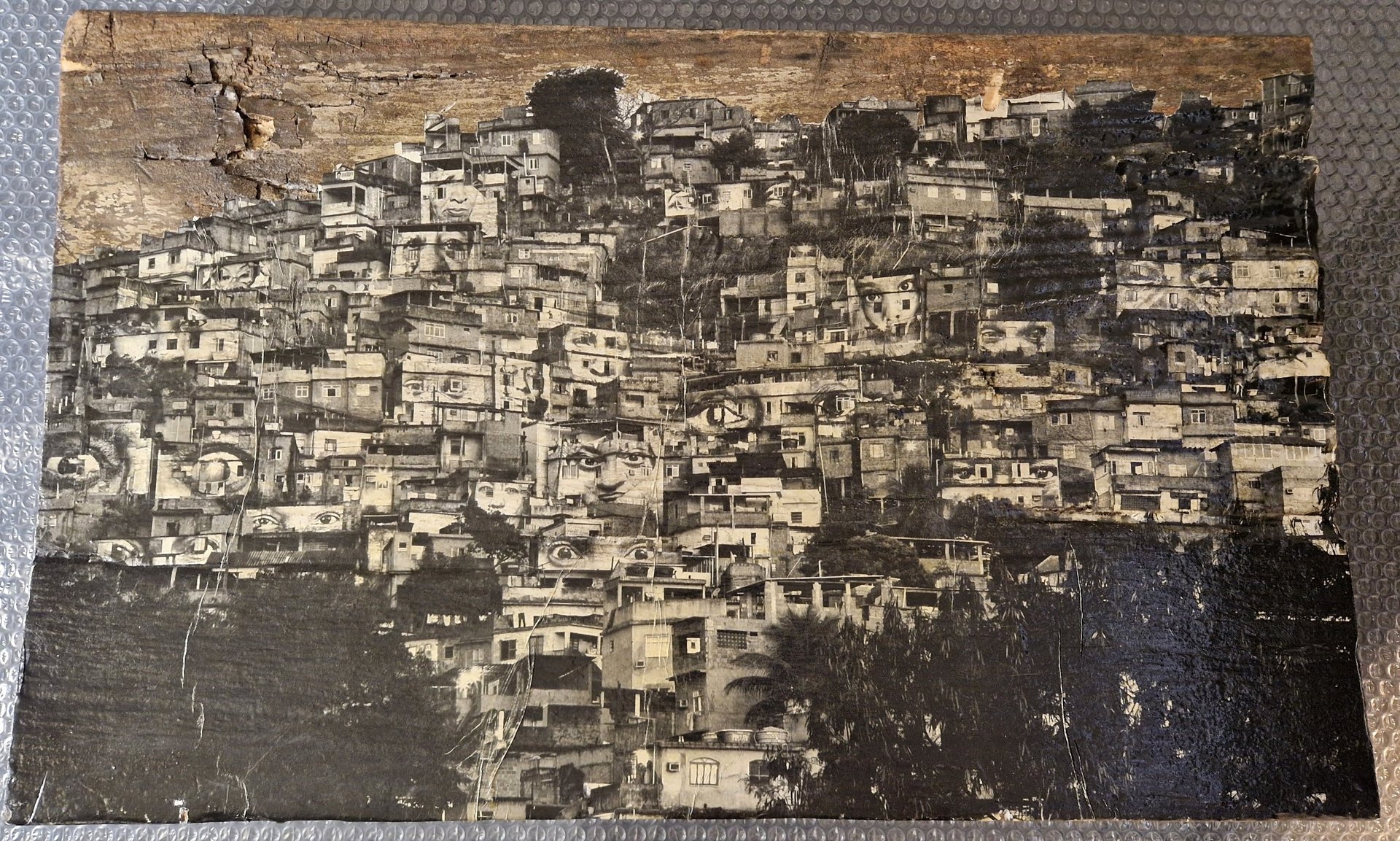
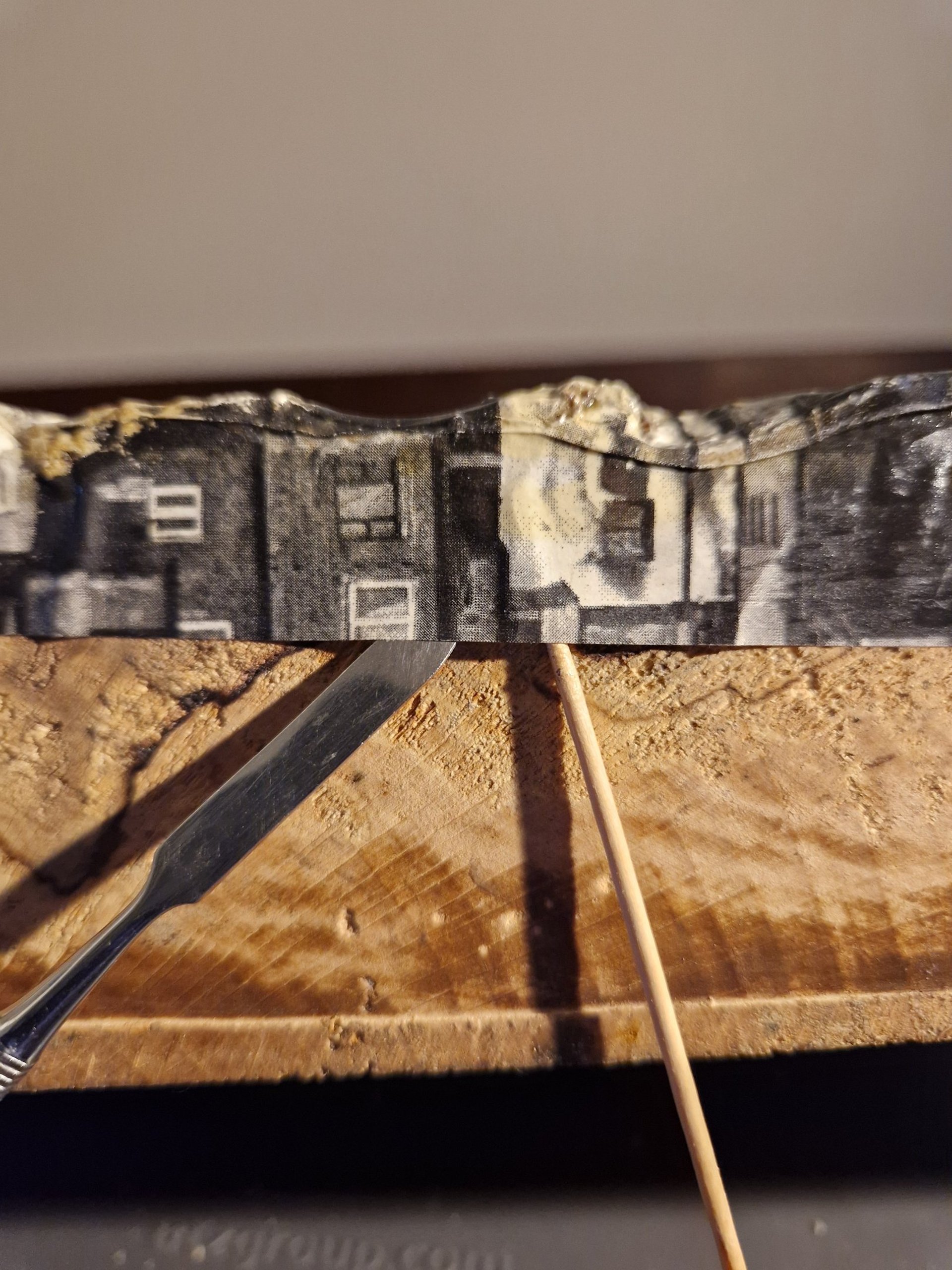
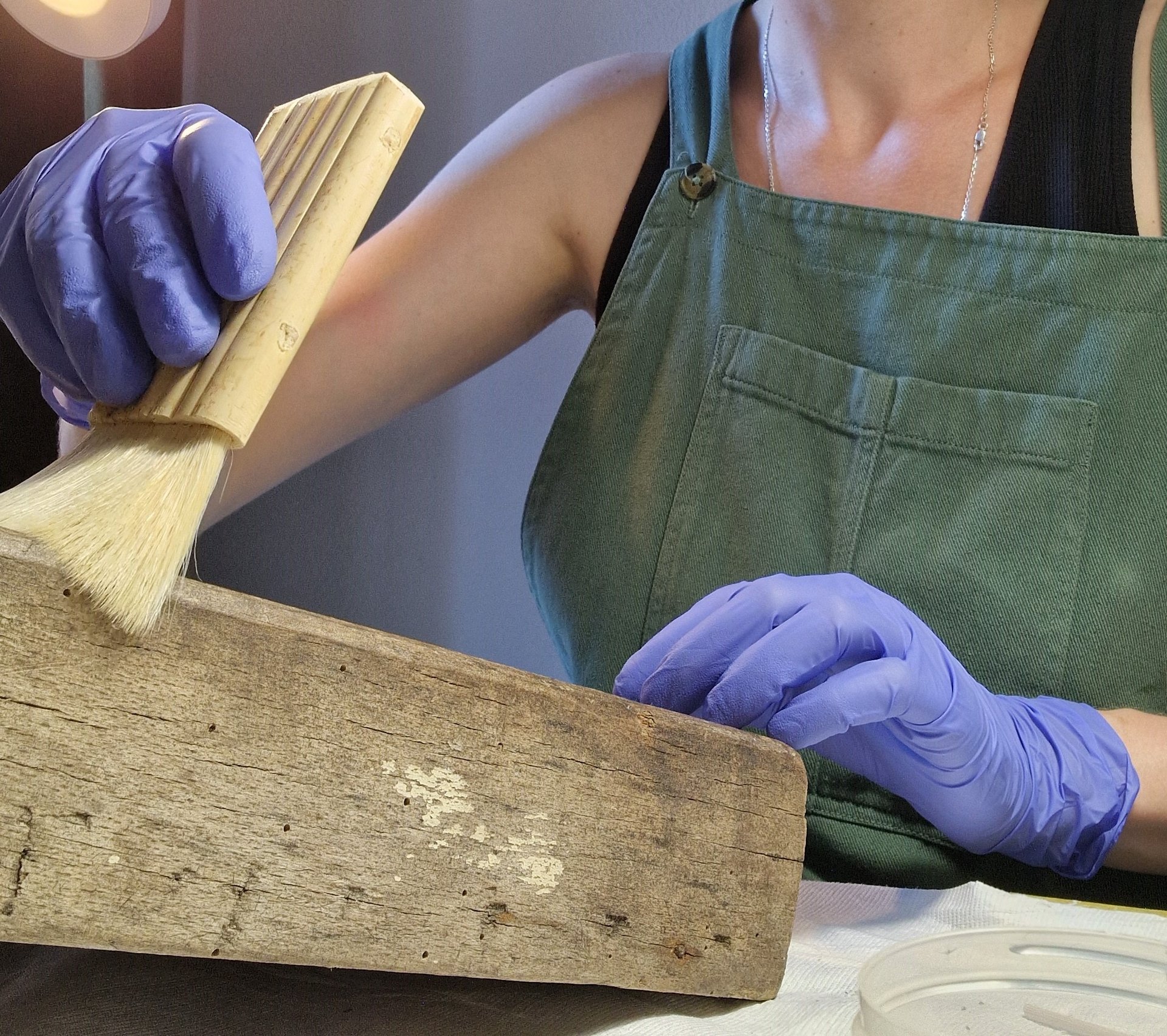
Some artworks, even beneath the dust of time, continue to stare out at the world with an almost unsettling intensity. This is certainly true of "28 Millimètres, Women Are Heroes, Action dans la Favela Morro da Providência, Favela, Rio de Janeiro, Brésil, 2008", an emblematic project by JR, which I recently had the chance to restore. This particular piece — a fragment of a large mural collage installed in 2008 in the Morro da Providência favela in Rio de Janeiro — is part of a photographic project with both social and poetic reach. The idea: to display, on a monumental scale, the faces of women who have been victims of war, violence, or injustice, giving them back a sense of visibility that is both direct and powerful. (Women Are Heroes, Brésil)
This piece of history, glued on wood, required special care — and a deeply respectful approach.
I D E N T I F I C A T I O N
28 Millimètres, Women Are Heroes, Action dans la Favela Morro da Providência, Favela, Rio de Janeiro, Brésil, 2008 is a collage on wood, partially varnished, created between 2008 and 2009 in the Morro da Providência favela, in Rio de Janeiro.
O B J E C T I V E
The artwork was in a condition one might describe as “worn but dignified.” A little dusty, slightly damaged in places, with a few detached wood fragments and rusted nails. Some areas of the paper were beginning to lift, and a whitish stain on one side suggested a past mold issue.
Despite all that, the piece remained readable, powerful, and above all, meaningful. The goal of the intervention was not to “rejuvenate” it, but to stabilize it, to clean it gently, and to preserve what time had inscribed — without erasing its trace.
I N T E R V E N T I O N
The restoration took place in several stages, beginning with a thorough observation. Using magnification and UV light, I mapped out risk areas: embedded dust, cracks in the varnish, micro-detachments of paper, unstable nails.
The cleaning began dry, using gentle tools (air blower, Japanese brush, latex eraser), then proceeded in a very localized way with demineralized water and cotton swabs, only where the surface allowed.
Some greasy grime required a slightly adjusted protocol, always respecting the original materials.
Detached wood fragments were re-adhered with a reversible and compatible adhesive, as were the torn paper sections. The rusted nail, partially dislodged, was stabilized to avoid further mechanical or chemical damage. As for the whitish stain, it was tested and then treated preventively to avoid any future fungal development.
After the intervention, the artwork regained its structural stability without losing any of its character. The yellowed varnish — a conscious choice, marking the passage of time — was left untouched. Flatness was restored, papers were reattached, materials secured.
And above all, the gaze of those women, affixed to the wood and filled with dignity and resistance, remained unchanged.
Restoration is never about "fixing" or "making flaws disappear."
It’s about caring, respecting both the visible and invisible history, and creating the conditions for the work to continue to exist, to speak, to provoke thought.
In JR’s case, it’s also about continuing to carry a message: these women are here, and they’re looking at us.
And it is our duty not to look away.
Note: The intellectual property rights of the complete artwork remain entirely with the artist.
